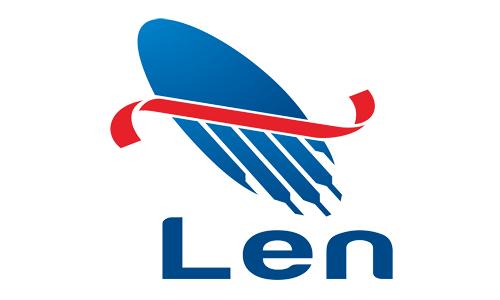Jenkins is the way to kill 'em with agile
Command Control System and Tactical Datalink

Making more agile deliverables through Jenkins integration.
Background: PT Len Industri is engaged in the Indonesian electronics industry. The technology that Len has developed has a strategic role in improving the welfare of society which is channeled through renewable energy products. LEN also continues to actively support Indonesia by providing products in the fields of defense, transportation, and ICT.
Goals: The primary goal of this program is to build a robust integration system — air, surface, subsurface, land -- to support situational awareness and tactical actions. We were looking to make more agile deliverables that are easier to manage and maintain. Secondary goals were to work better as a team, improve continuous delivery schedules, easily merge with new features, and accommodate changing schedules and requirements.
"Jenkins finishes all unclear pipelines, and helps the team focus on development through a quality process and happy code."
 — Ferdila Rahmi, Software Engineer, PT Len Industri
— Ferdila Rahmi, Software Engineer, PT Len Industri
Solution & Results: Working as a team, we need a code integrator to deploy and test. We also have continuous delivery schedules and factory acceptance tests with users for each release period. We maintain every released product installed and rebuild new features to be set up for the next delivery. Sometimes it’s challenging when versioning must be released because user’s schedules and requirements are constantly changing. But with Jenkins and other DevOps tools -- like automatic code integration and continuous delivery — we have found a better balance and happier developers.
Results that come to mind include:
-
controlled pipeline release cycles and faster development
-
improved product and code quality with SonarQube
-
well-integrated with other DevOps tools and automation
-
extensible
-
open source